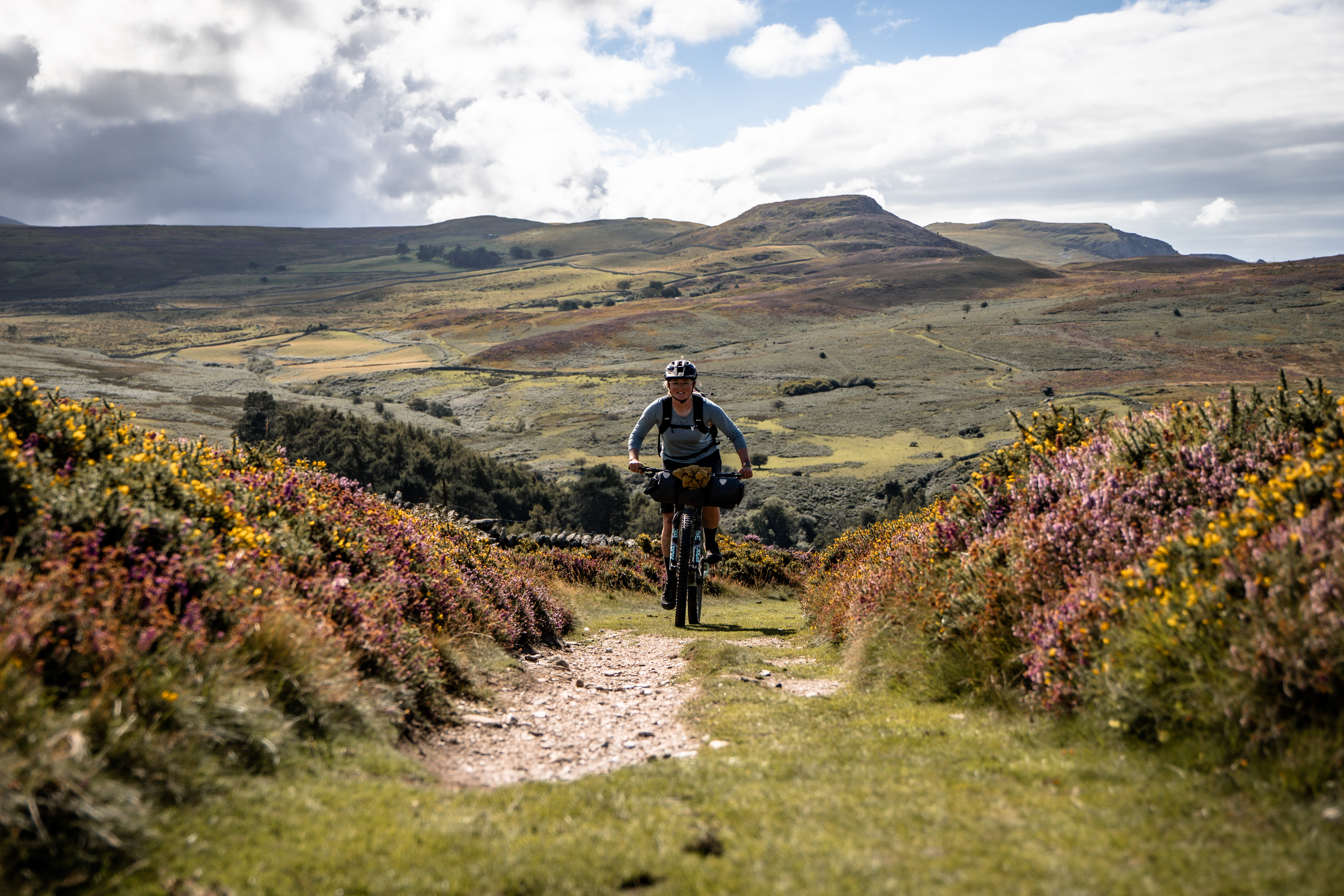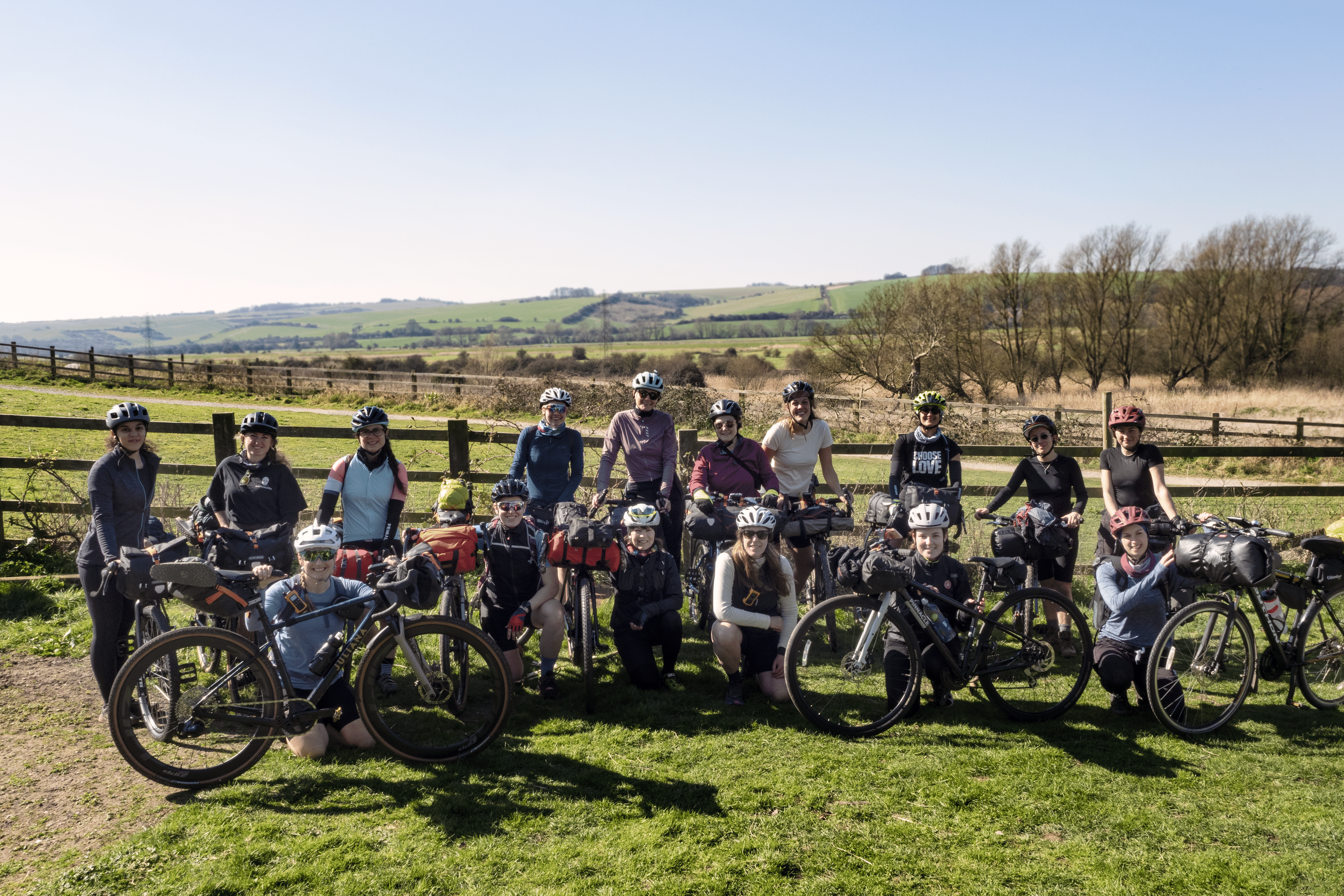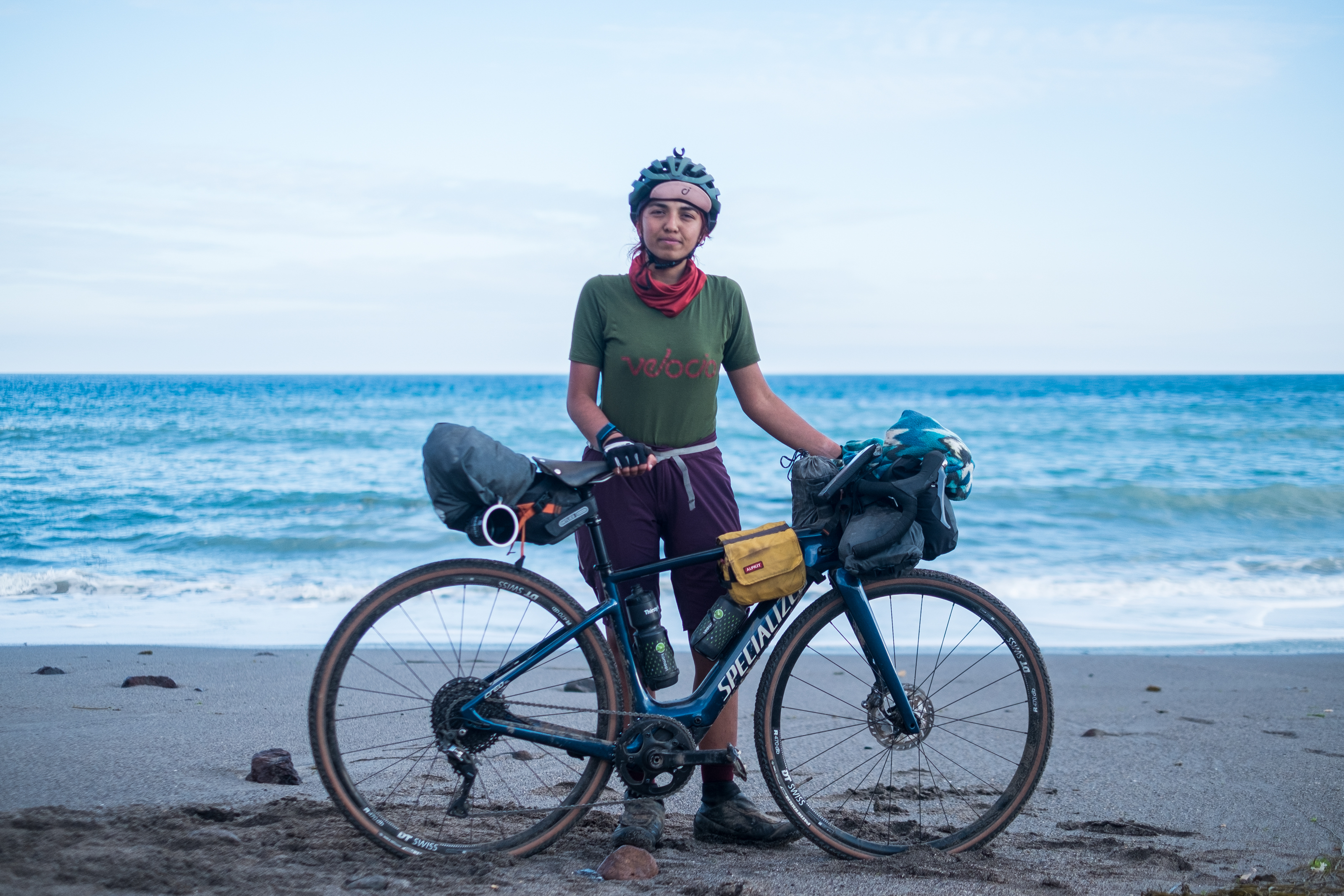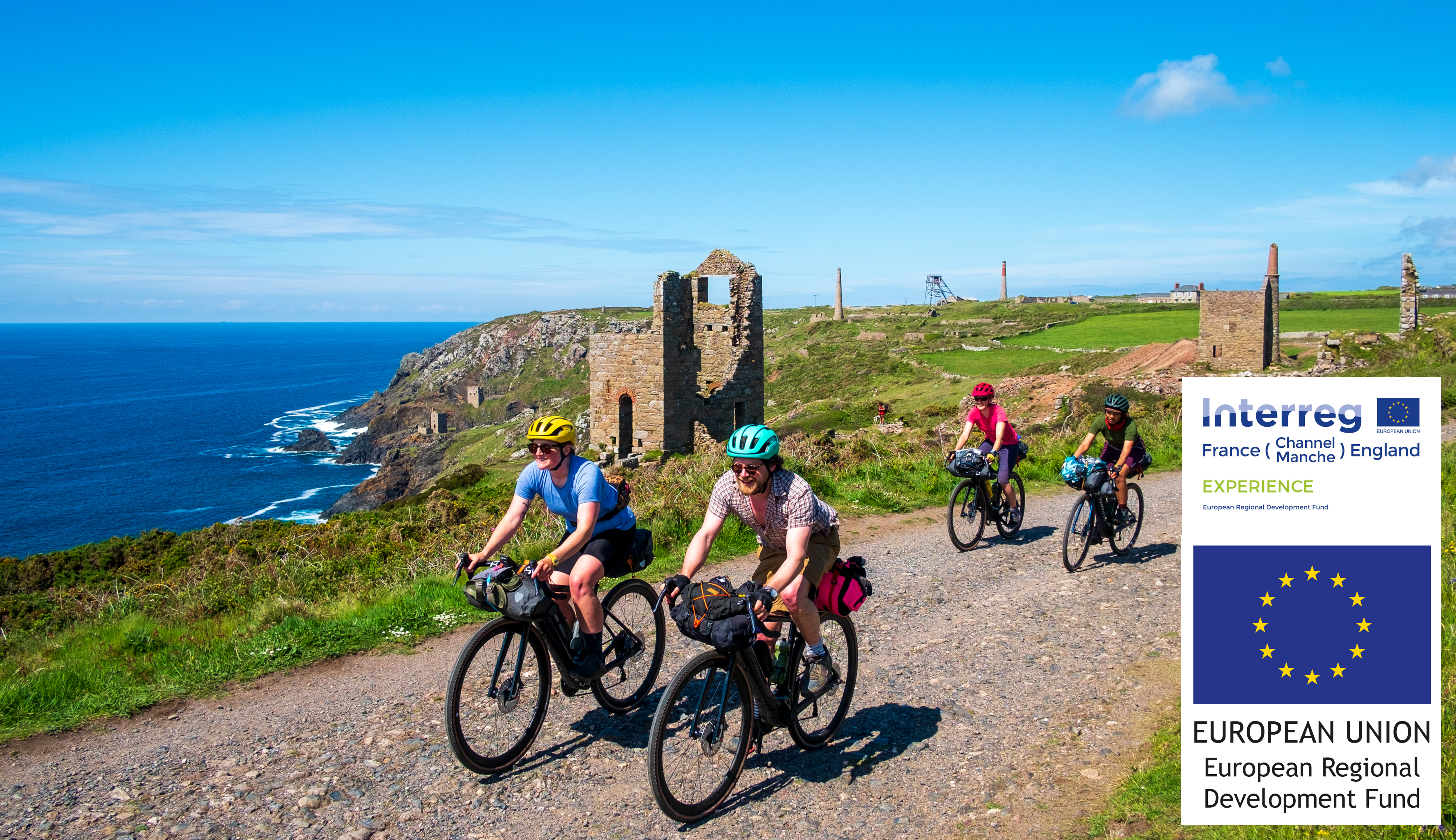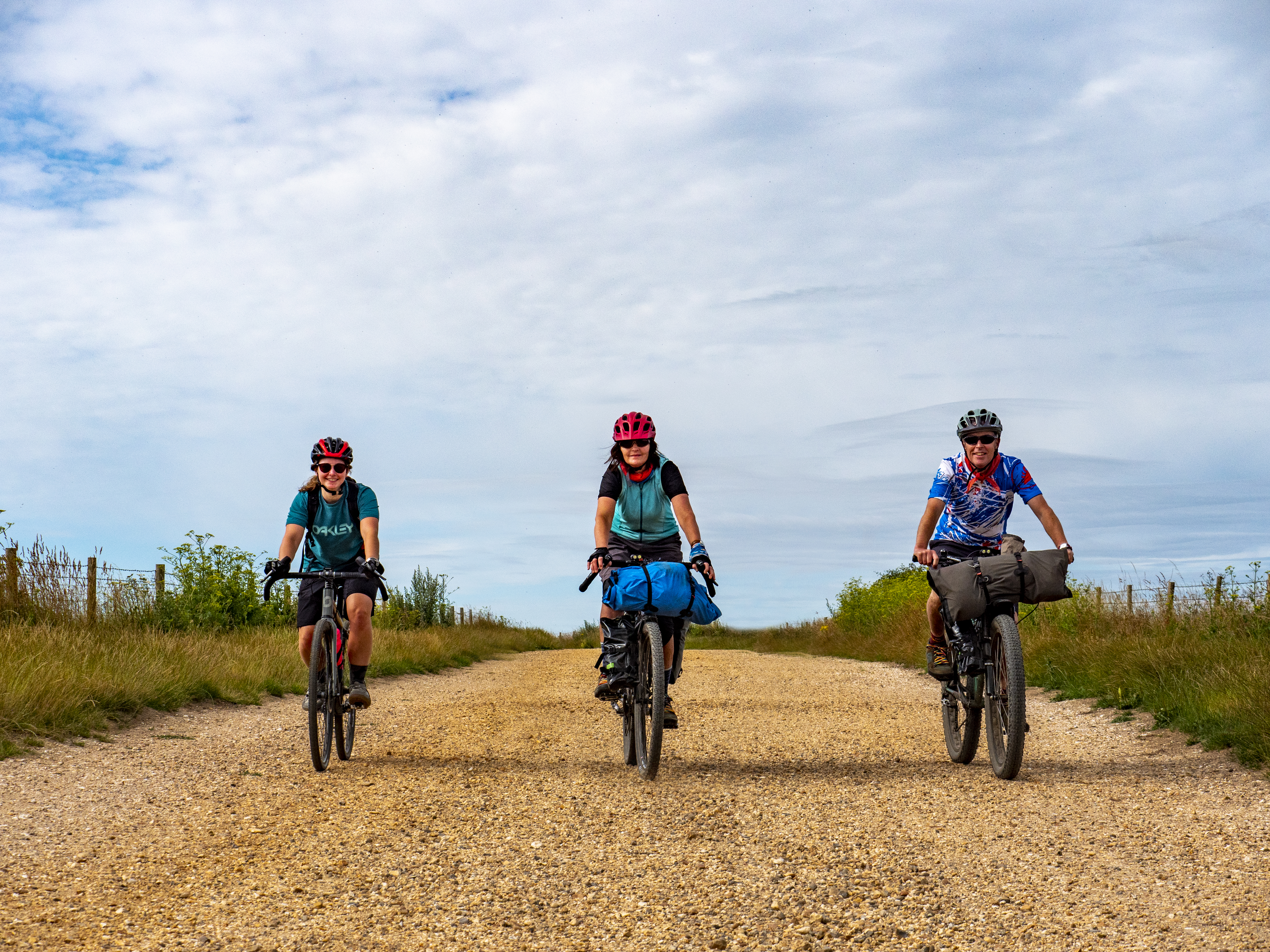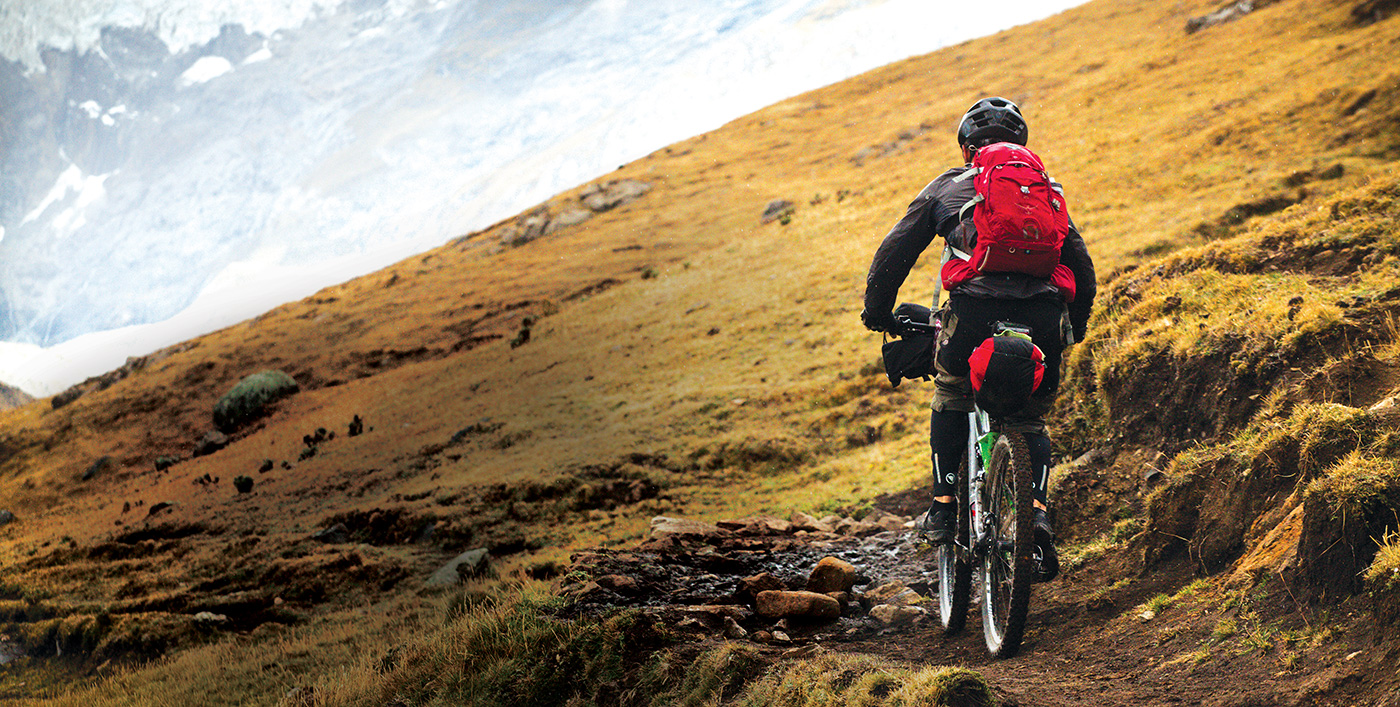Guide to the best bikes for bikepacking
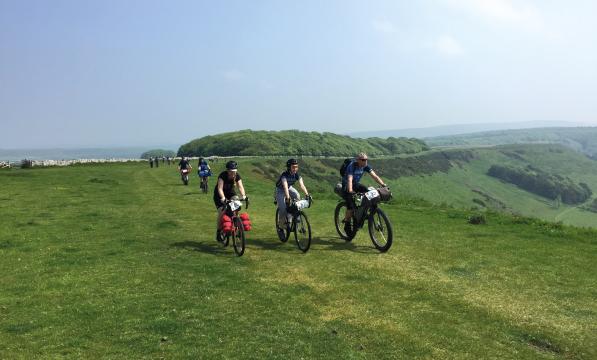
In this guide we’ll help you choose the bike that will best meet your needs when it comes to loading up and heading out on an adventure, whether that’s a local overnighter or ambitions to cycle the world. You might even be surprised to hear that the best bikepacking bike for you is probably the one you already own!
Road, track or trail?

Let’s start with where you want to ride, as this’ll have the most impact on what type of bike will be best for your adventure. You can ride almost any cycle on the road, although the most efficient and practical will probably be a road bike, hybrid or touring bike: all fitted with relatively slick, narrow tyres.
If you’d prefer to mix in some tracks, such as forest roads, canal towpaths, doubletrack bridleways and byways and easy singletrack, then a gravel bike might be a better option, as the wider tyres with greater tread will give you more capability and comfort over the rougher terrain.
Going one step further again, if you’re seeking out built mountain biking trails and challenging singletrack as part of your exploration, then (you guessed it) a mountain bike will be best, with rigid, hardtail and full-suspension models to choose from.
Although bikepacking is generally more associated with off-road escapades, there’s nothing stopping you sticking to tarmac for your tour. In fact, my first bikepack was a 10-day solo ride around Normandy and Brittany on my carbon road bike, hopping between Airbnb stays.
How much kit will you need to take, and how will you carry it?
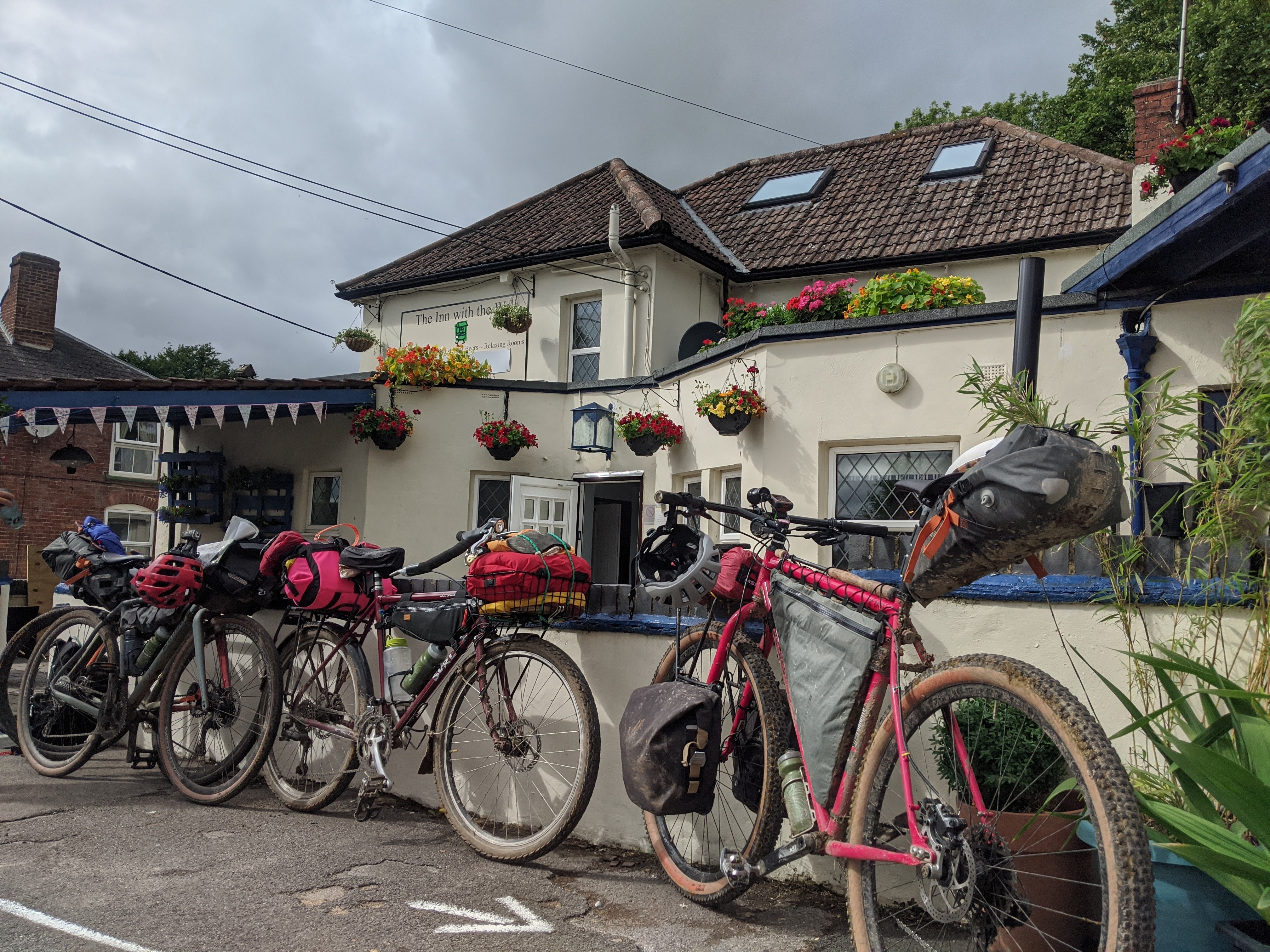
Light and fast or totally self-sufficient: your bikepacking style will determine what kind of frameset features you’ll need. Generally speaking, the more you plan to pack, the more important this becomes.
For simple overnighters or trips closer to civilisation, modern strap-on bikepacking bags offer amazing versatility that can be switched between all kinds of bikes without needing any specific mounting features.
One thing to be wary of here, though, is clearance, especially if you ride smaller bikes that might not have ample space between the saddle and rear tyre for a seatpost bag, for example, or between narrower handlebars for a bar roll.
You’ll need specific mounts if you want to use racks or a basket to mount panniers, a rack-top bag or basket bag, so bear that in mind if you’d prefer to use these. They offer much more packing capacity, but are a heavier option than bikepacking bags and may be less suitable over rougher ground.
What are your priorities?
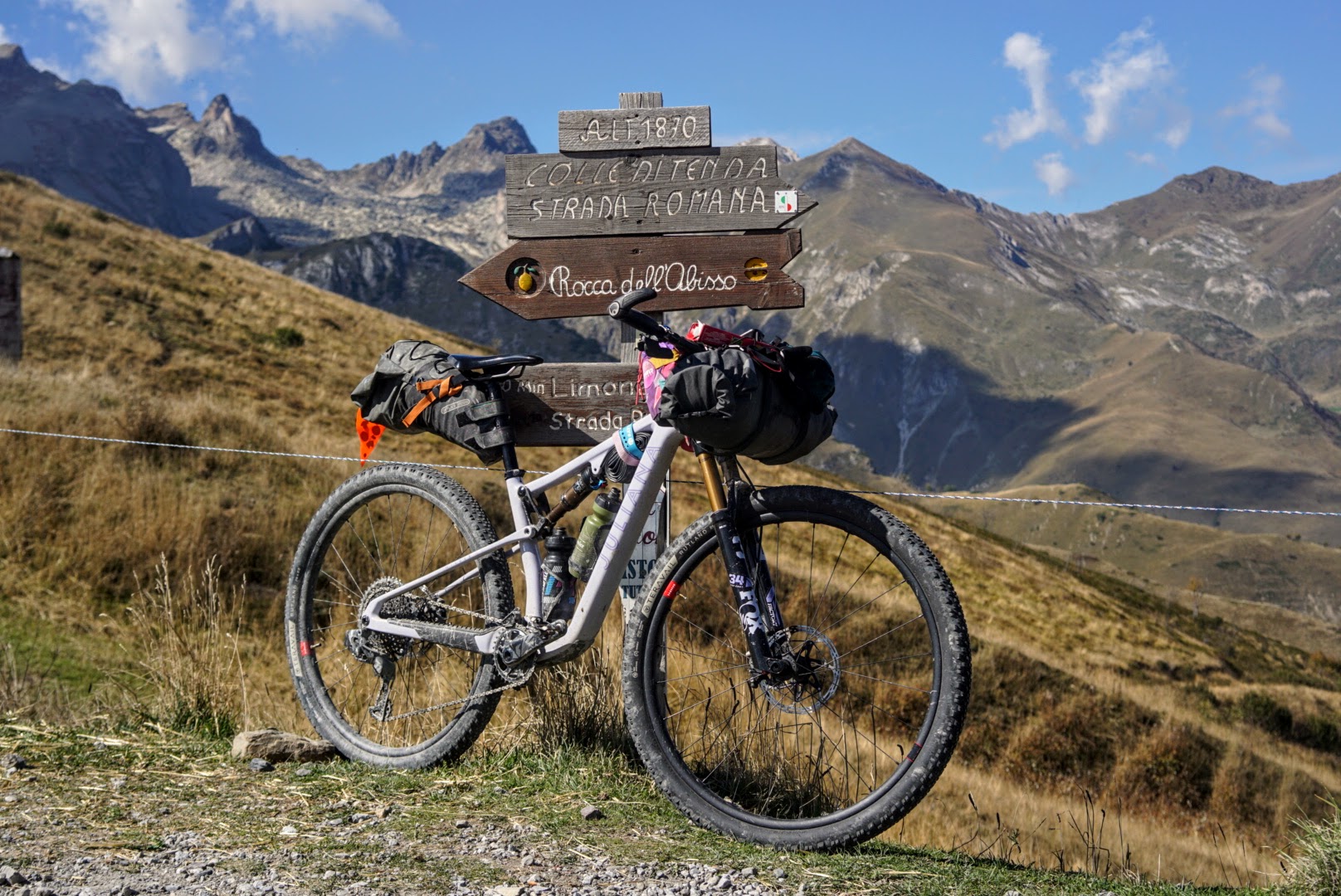
Comfort will be top of the list of priorities for all bikepackers, regardless of where you’re headed or how you plan to travel. If you’re not comfortable on the bike, due to saddlesore issues, bad fit or setup, it can turn your trip into a nightmare very quickly.
Consider your position: how many different hand positions you can use; drop bars have a greater number of options, or you can add bar ends to flat bars. Make sure you are happy with the saddle that you’re using, and think about getting a professional bike fit if you’re unsure.
If speed is your next priority – if you’re entering a bikepacking endurance race, for example – then think about how you can ride more efficiently. Faster-rolling, narrower tyres might be better here, and part of the set-up that is easily adapted.
If you’re planning a foray into really remote landscapes, you’ll probably need to carry more kit and water, so carrying capacity will be important to you. A rack and pannier set-up here will help you – so make sure the bike has mounts for those. Extra bottle cage bosses on the forks and downtube can be helpful here.
What other things should you consider?
Frame material
Aluminium alloy, steel, carbon fibre or titanium: there’s a good range of frame materials out there, and each has different qualities. Personally, I feel that often too much stress is put on the suitability of each for bikepacking.
OK, if you want to circumnavigate the world, then steel is probably best for its strength and ease of fixing, and you’ll need to check maximum rider weights when it comes to some carbon fibre frames and lightweight wheelsets. But really all of these frames can provide the basis of a great bikepacking bike.
Gearing
Remember that when you’re loaded with your kit, whether that’s full camping gear, stove, tent and all, or simply a change of clothes for ‘credit card touring’, you’ll likely appreciate some extra gears compared to usual.
Check if you can fit a larger cassette or smaller chainring(s) to allow you to spin more than grind on those steeper inclines. Your knees will thank you for it!
Mounting points
Are you going to go for a full rack and pannier set-up, or strap-on bags? Do you need mudguards to keep you dry and clean, or an extra bottle cage for carrying more water in drier climes? Do you need somewhere to attach a dynamo light or other gadgets?
Checking out what mounts are on offer before you decide on your set-up is key. You can always have them and not use them, but (in most cases) you can’t add them in after!
Fit
I’ve mentioned comfort before and I’ll say it again: your fit on the bike is key. It can be tempting when shopping for a second-hand or new bike to go for a model that ticks a lot of boxes but doesn’t quite fit right, but I can guarantee you’ll regret it in the long run. Switching out components such as stems, handlebars and saddles can help, but getting the correct-sized frame for you is crucial.
Suspension lock-outs
If you’ve got your heart set on the Highland Trail 550 or Colorado Trail and decided on a mountain bike, check to see if the fork and shock feature lock-out switches, allowing you to stiffen the feel of the suspension and make the ride more efficient for paved sections or climbs in between the parts where you really need the squish!
Batteries and motors

E-bikepacking is great, as we found out on the West Kernow Way. Sure, you’ll need to think about recharging points at the end of each day (or perhaps in cafés along the way), but don’t go thinking that just because you ride an e-cycle you can’t go bikepacking!
Ready to get out there?

Hopefully by now you’ll have more of an idea what you should be looking for in a bikepacking bike for you, or have a clearer vision of what you’ll be able to do with the bike already in your shed! After all there is no single perfect bikepacking bike: everyone’s adventure is different.
If you’re still undecided, why not test ride or rent a few different types or models before you make up your mind?





